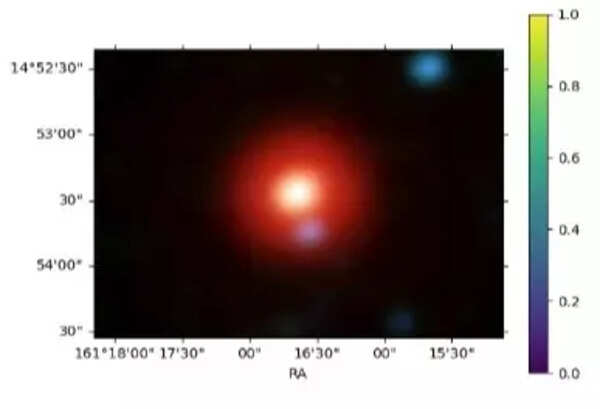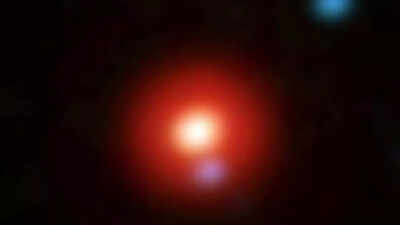Bangalore: Scientists from Bangalore indian institute of astrophysics (IIA) Breakthrough in understanding how stars like our sun end their lives with the help of advanced models cosmic dust Behavior.
The study focuses on a rare celestial body called Planetary Nebula IC 2003providing important insights into the fate of our sun billions of years from now.

A team of astronomers from the IIA used 2.3-meter Wainubapu Telescope Located in Kavalur, Tamil Nadu. Their findings reveal new details about the complex processes that occur when a star runs out of nuclear fuel. “We used a complex one-dimensional dust photoionization code to analyze data from multiple wavelengths. This approach allows us to understand with unprecedented precision how dust particles affect the thermal balance of ionized gas in these objects,” said co-author of the study Professor C Muthumariapan explains.
The study focused on planetary nebulae – shells of gas and dust ejected by dying stars. Despite their name, these objects have nothing to do with planets. They received this title because they resembled planets when viewed through early telescopes. Of particular interest is the fact that about 25% of planetary nebulae are unusually hydrogen-poor but helium-rich.
K Khushbu, the study’s lead author and PhD student, noted the important finding: “By incorporating dust into our model, we found that previous dust-free calculations seriously misestimated the parameters of the nebula and the characteristics of its central star.”
The research has wider implications for understanding stellar evolution. The team determined that IC 2003’s progenitor star was 3.26 times more massive than the Sun, providing valuable data on the life cycles of more massive stars. This comprehensive study combines observations from multiple sources, including ultraviolet spectroscopy from the IUE satellite and infrared data from the IRAS satellite, to create a more complete picture of these cosmic phenomena. The findings are particularly important because they help predict the ultimate fate of the Sun, which is expected to enter a similar phase in about 5 billion years.








